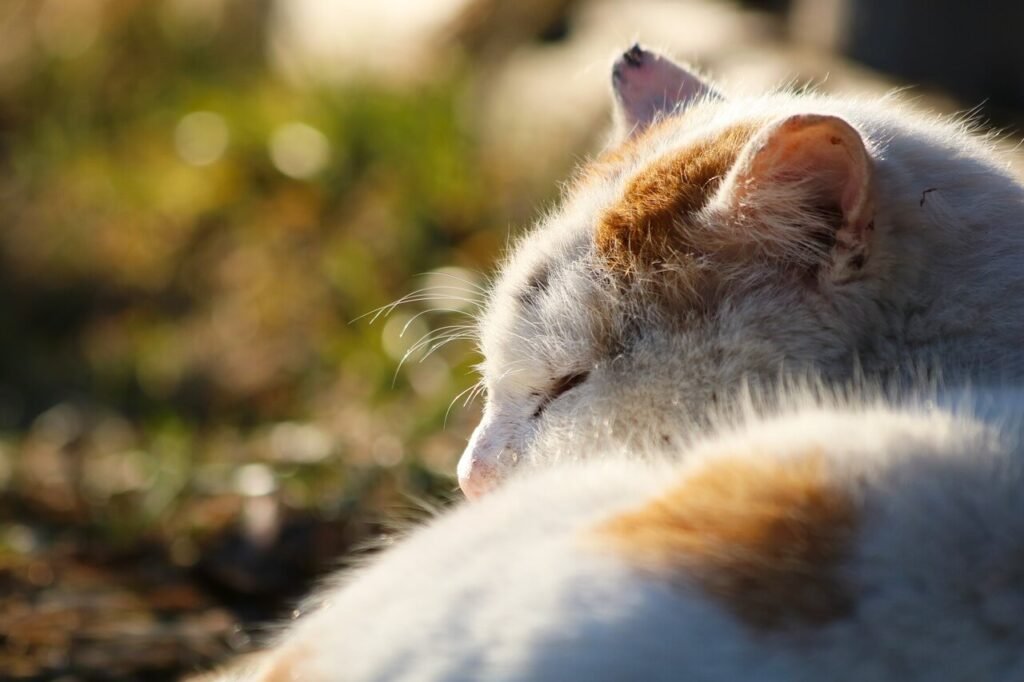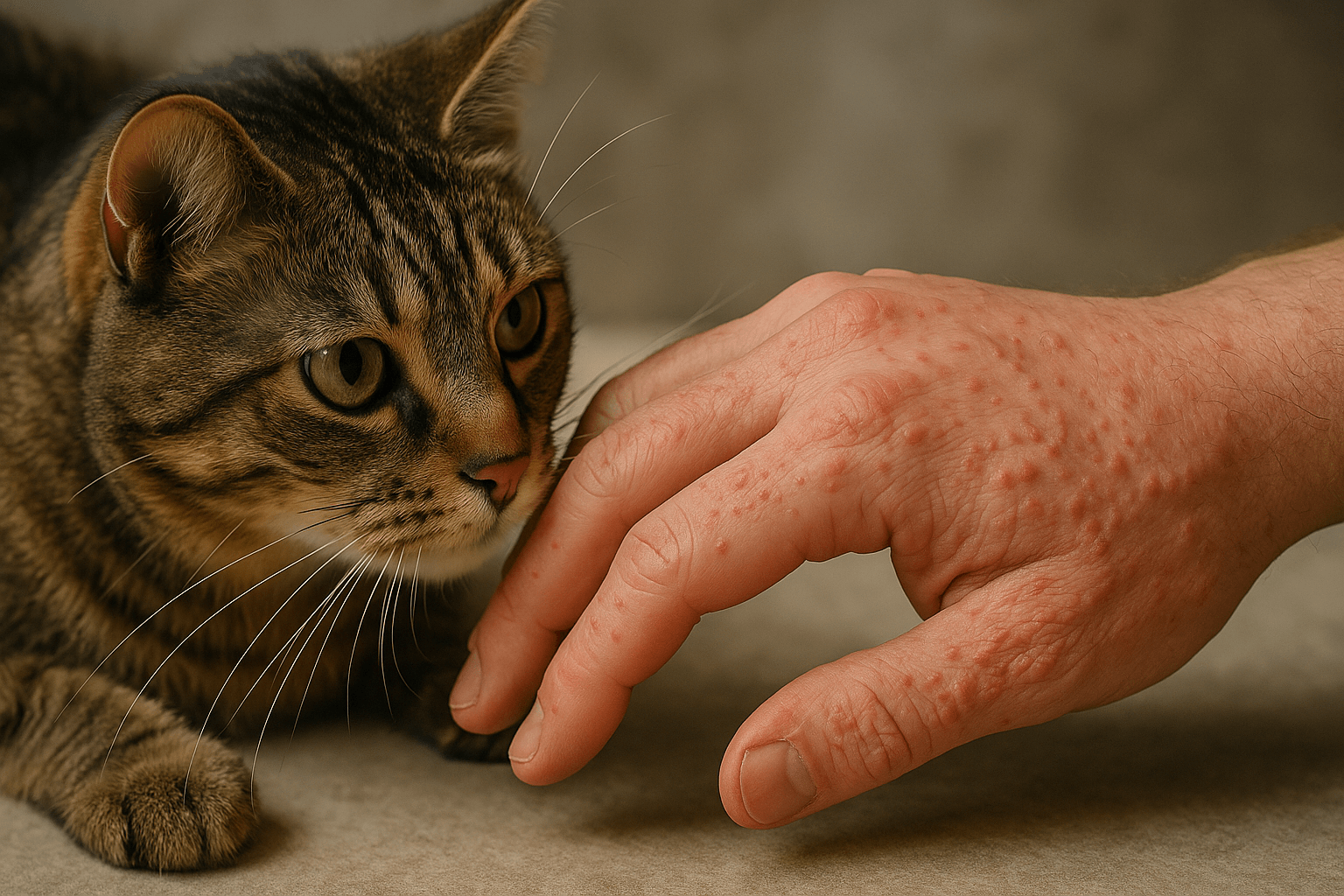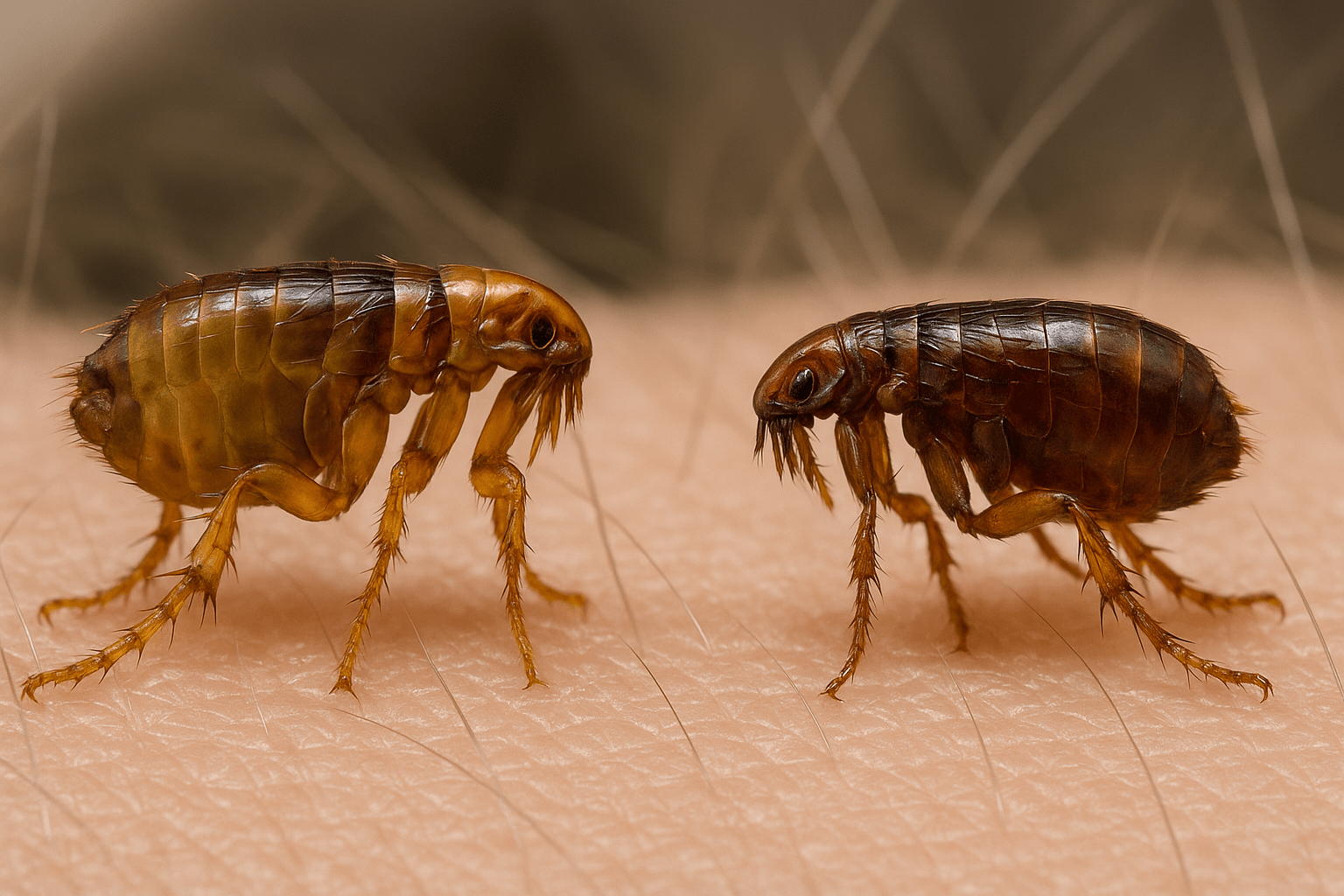Rice Tapeworms in Cats: What You Need to Know
If you’ve ever noticed tiny, rice-like segments around your cat’s rear end or in their feces, it might be a sign of tapeworms. These parasites, often referred to as “rice tapeworms” due to their appearance, are a common concern for cat owners. While they may seem alarming at first glance, understanding what tapeworms are, how they infect cats, and how to treat them can help you address the issue effectively. In this blog post, we’ll explore everything you need to know about rice tapeworms in cats, including prevention tips, treatment options, and ways to ensure your feline stays healthy and parasite-free. Let’s dive into the details and equip ourselves with the knowledge to protect our furry friends.
How Cats Get Rice Tapeworms
Tapeworms in cats are typically caused by ingesting fleas or small rodents that carry tapeworm larvae. Understanding how these parasites enter your cat’s system is crucial for prevention. Here’s how cats contract rice tapeworms:
Flea Infestations
Fleas often carry tapeworm larvae, which can be swallowed when a cat grooms itself or bites at its skin.Hunting Behavior
Outdoor cats that hunt and eat rodents or birds may ingest tapeworm larvae present in the prey’s body.Contaminated Environments
Cats exposed to areas where fleas or infected animals frequent are at higher risk of contracting tapeworms.Lack of Preventive Care
Failure to use flea control products or deworming treatments can leave your cat vulnerable to infestations.Close Contact with Infected Animals
Cats sharing spaces with other infected pets may inadvertently ingest fleas or larvae.
By addressing these risk factors, you can significantly reduce the chances of your cat developing a tapeworm infection. Prevention is always easier than treating an existing problem.
Symptoms of Rice Tapeworms in Cats
Recognizing the signs of tapeworms early is essential for timely treatment. Here are some common symptoms to watch for if you suspect your cat has rice tapeworms:
Visible Worm Segments
Small, white or cream-colored segments resembling grains of rice may appear around the anus or in your cat’s bedding.Weight Loss
Even if your cat eats normally, tapeworms can steal nutrients, leading to unexplained weight loss.Itching or Scooting
Cats may drag their rear end across the floor (scooting) due to irritation caused by the worms.Vomiting
In some cases, cats may vomit visible tapeworm segments, which can be alarming but are not immediately harmful.Poor Coat Condition
A dull, unkempt coat may indicate malnutrition caused by the parasite.
If you notice any of these symptoms, it’s important to consult your veterinarian promptly. Early intervention ensures your cat gets the care they need to recover quickly.
Check this guide 👉Understanding Whipworms in Cats: Best 7 Health Tips!
Check this guide 👉How Do Cats Get Ringworm? Best 7 Expert Tips!

Symptoms of Rice Tapeworms in Cats | Prevention Tips |
|---|---|
Visible worm segments | Use flea prevention products regularly |
Weight loss | Keep your cat indoors to avoid hunting |
Itching or scooting | Clean your home frequently to deter fleas |
Vomiting | Schedule regular vet check-ups |
Poor coat condition | Avoid contact with stray or infected animals |
Treatment Options for Rice Tapeworms in Cats
Treating tapeworms in cats is relatively straightforward, but it requires veterinary guidance to ensure safety and effectiveness. Here are some common treatment options:
Deworming Medications
Prescription medications like praziquantel are highly effective at eliminating tapeworms from your cat’s system.Flea Control Products
Since fleas are a primary source of tapeworm larvae, using flea collars, topical treatments, or oral medications is essential.Environmental Cleaning
Thoroughly clean your home, including carpets, bedding, and furniture, to remove fleas and eggs that could reinfect your cat.Follow-Up Vet Visits
Schedule follow-up appointments to confirm the tapeworms have been fully eradicated and prevent reinfestation.Dietary Adjustments
Ensure your cat receives a balanced diet to restore any nutrients lost during the infestation.
With proper treatment and preventive measures, your cat can recover quickly and stay free of tapeworms. Always consult your vet before starting any treatment plan.
Preventive Measures to Keep Your Cat Tapeworm-Free
Preventing tapeworms is far more effective than treating an infestation. Here are some practical steps to keep your cat safe from rice tapeworms:
Regular Flea Prevention
Use vet-recommended flea control products year-round to minimize the risk of tapeworm larvae transmission.Limit Outdoor Access
Keeping your cat indoors reduces exposure to fleas, rodents, and other sources of tapeworms.Routine Vet Check-Ups
Regular veterinary visits allow for early detection and treatment of parasites before they become severe.Proper Hygiene Practices
Wash your hands after handling your cat or cleaning their litter box to avoid spreading parasites.Monitor for Symptoms
Stay vigilant for signs of tapeworms, such as visible segments or behavioral changes, and act quickly if you notice anything unusual.
By incorporating these preventive measures into your routine, you can safeguard your cat’s health and maintain a parasite-free environment. Prevention is key to ensuring your feline remains happy and healthy.
Common Misconceptions About Rice Tapeworms in Cats
There are several misconceptions about rice tapeworms that can lead to confusion or improper treatment. Clearing up these myths is essential for ensuring your cat receives the best care. Here are some common misconceptions and the truth behind them:
Myth: Tapeworms Are Only a Problem for Outdoor Cats
While outdoor cats are at higher risk, indoor cats can also contract tapeworms through fleas or contaminated items brought inside.Myth: Tapeworms Are Harmless If Left Untreated
Untreated tapeworms can lead to malnutrition, weight loss, and other health complications over time.Myth: Flea Treatments Alone Can Prevent Tapeworms
While flea control is crucial, it must be combined with good hygiene and regular vet visits for comprehensive prevention.Myth: You Can See All Tapeworms in Your Cat’s Feces
Tapeworm segments may not always be visible, so relying solely on visual detection isn’t sufficient for diagnosis.Myth: Over-the-Counter Medications Are Always Safe
Some deworming products may not be effective or could harm your cat if used incorrectly, so professional guidance is essential.
By understanding the facts, you can make informed decisions about your cat’s health and avoid falling for common misconceptions.
Fun Facts About Tapeworms and Their Lifecycle
Tapeworms have a fascinating lifecycle that highlights their resilience and adaptability. Here are some intriguing facts about these parasites and how they operate:
Tapeworms Have Multiple Hosts
Tapeworm larvae often rely on intermediate hosts like fleas or rodents before infecting cats as their final host.Each Segment Is a Miniature Factory
The “rice-like” segments of tapeworms contain eggs and can move independently, spreading the parasite further.Tapeworms Can Grow Several Inches Long
Inside your cat’s intestines, a single tapeworm can stretch to lengths of 6-20 inches, depending on the species.They Absorb Nutrients Through Their Skin
Tapeworms lack a digestive system and instead absorb nutrients directly from the host’s intestines.Cats Rarely Show Severe Symptoms
Despite their size, tapeworms often cause mild symptoms, making them easy to overlook without careful observation.
These fun facts underscore the complexity of tapeworm biology and the importance of addressing infestations promptly. Knowledge is power when it comes to protecting your cat!
Ways to Support Your Cat During and After Treatment
Treating tapeworms isn’t just about medication—it’s also about supporting your cat’s overall health during and after recovery. Here are some ways to help your feline friend feel their best:
Provide Nutrient-Rich Food
Offer high-quality food rich in vitamins and minerals to replenish any nutrients lost during the infestation.Encourage Hydration
Ensure your cat drinks plenty of water to flush out toxins and support their digestive system.Minimize Stress
Create a calm environment to help your cat recover faster, especially if they’ve been uncomfortable due to the infestation.Groom Your Cat Regularly
Frequent grooming reduces the risk of fleas and helps prevent reinfestation with tapeworm larvae.Monitor for Recurrence
Keep an eye out for signs of tapeworms returning, such as visible segments or behavioral changes, and act quickly if needed.
By focusing on your cat’s well-being beyond just treating the infestation, you can ensure a speedy recovery and long-term health. A little extra care goes a long way in helping your furry companion thrive.
Frequently Asked Questions About Rice Tapeworms in Cats
Are rice tapeworms dangerous for my cat?
While generally not life-threatening, tapeworms can cause discomfort, nutrient deficiencies, and other health issues if left untreated.
Can humans get tapeworms from cats?
Yes, humans can contract tapeworms through accidental ingestion of fleas or contaminated materials, so good hygiene is essential.
How long does it take to treat tapeworms in cats?
Treatment typically takes a few days to a week, depending on the severity of the infestation and the prescribed medication.
Do indoor cats get tapeworms?
Yes, indoor cats can still get tapeworms if they come into contact with fleas or infected rodents brought inside accidentally.
Can I treat my cat’s tapeworms without a vet?
It’s best to consult a vet for proper diagnosis and treatment, as over-the-counter remedies may not be effective or safe.
Keeping Your Cat Healthy and Tapeworm-Free
Rice tapeworms in cats may seem unsettling, but they’re a manageable and preventable issue with the right knowledge and care. By understanding how these parasites spread, recognizing the symptoms, and taking proactive steps to prevent infestations, you can ensure your cat remains healthy and happy. Regular veterinary check-ups, flea control, and a clean environment are your best tools for protecting your feline companion. Remember, even the tiniest parasites can have a big impact on your cat’s well-being, so staying informed and vigilant is key. With love, attention, and proper care, you can keep those pesky tapeworms at bay and enjoy many joyful years with your beloved pet.
Canned Pumpkin for Cat Diarrhea: Best 7 Expert Tips! Natural remedy to firm stools, soothe upset bellies, and support gut health safely.
Can a Cat Give You Scabies? Best 7 Expert Tips! Discover the truth about feline mites, human skin risks, and how to protect yourself—without panic.
Cat Flea vs Human Flea: Best 7 Expert Tips! Discover the truth about bites, species, and how to eliminate infestations for good.
Weird Cat Behaviors: Best 7 Expert Tips! Discover why cats do strange things—and how to understand, not punish, their instincts for a happier home.





